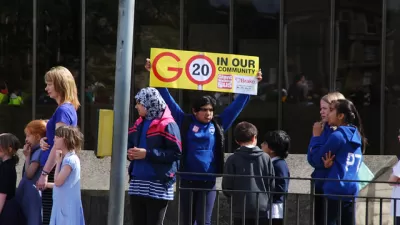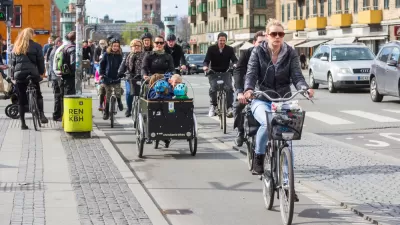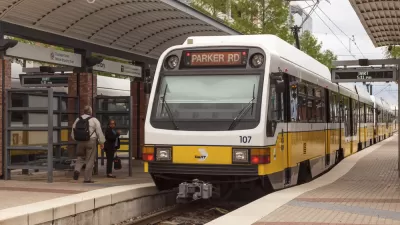Though studies of "best practices" are meant to produce a path to success, they're invariably hard to follow. What we like best about cities - their unique character and systems - is exactly what limits the reach of best practices, says Mike Pagano.
"If only the failing, struggling, decaying cities would have the courage and political will to enact the same set of policies that the dynamic, creative, fast-growth, magnet cities had enacted, everyone would be better," says Pagano. Or so common thinking goes.
"Cities, urban regions, suburban communities and rural towns have only one thing in common and following a Pied Piper is not one of them. Besides being composed of human beings, cities are unique." In addition to their unique geographies, demographics, and economies, cities operate in what Pagano and his colleague Chris Hoene call a "fiscal policy space".
"Although there is a lot we can understand about undifferentiated cities by examining the actions of other cities (as the classic studies of Atlanta by Floyd Hunter in the 1950s and Clarence Stone in the 1990s, New Haven by Robert Dahl in the 1960s, and Middletown by the Linds in the 1930s demonstrate), not everything -- and it might be more accurate to say, very little -- can be replicated by another city or town," he argues.
FULL STORY: Why Do Cities Struggle to Replicate Best Practices?

Maui's Vacation Rental Debate Turns Ugly
Verbal attacks, misinformation campaigns and fistfights plague a high-stakes debate to convert thousands of vacation rentals into long-term housing.

Planetizen Federal Action Tracker
A weekly monitor of how Trump’s orders and actions are impacting planners and planning in America.

San Francisco Suspends Traffic Calming Amidst Record Deaths
Citing “a challenging fiscal landscape,” the city will cease the program on the heels of 42 traffic deaths, including 24 pedestrians.

Defunct Pittsburgh Power Plant to Become Residential Tower
A decommissioned steam heat plant will be redeveloped into almost 100 affordable housing units.

Trump Prompts Restructuring of Transportation Research Board in “Unprecedented Overreach”
The TRB has eliminated more than half of its committees including those focused on climate, equity, and cities.

Amtrak Rolls Out New Orleans to Alabama “Mardi Gras” Train
The new service will operate morning and evening departures between Mobile and New Orleans.
Urban Design for Planners 1: Software Tools
This six-course series explores essential urban design concepts using open source software and equips planners with the tools they need to participate fully in the urban design process.
Planning for Universal Design
Learn the tools for implementing Universal Design in planning regulations.
Heyer Gruel & Associates PA
JM Goldson LLC
Custer County Colorado
City of Camden Redevelopment Agency
City of Astoria
Transportation Research & Education Center (TREC) at Portland State University
Jefferson Parish Government
Camden Redevelopment Agency
City of Claremont





























